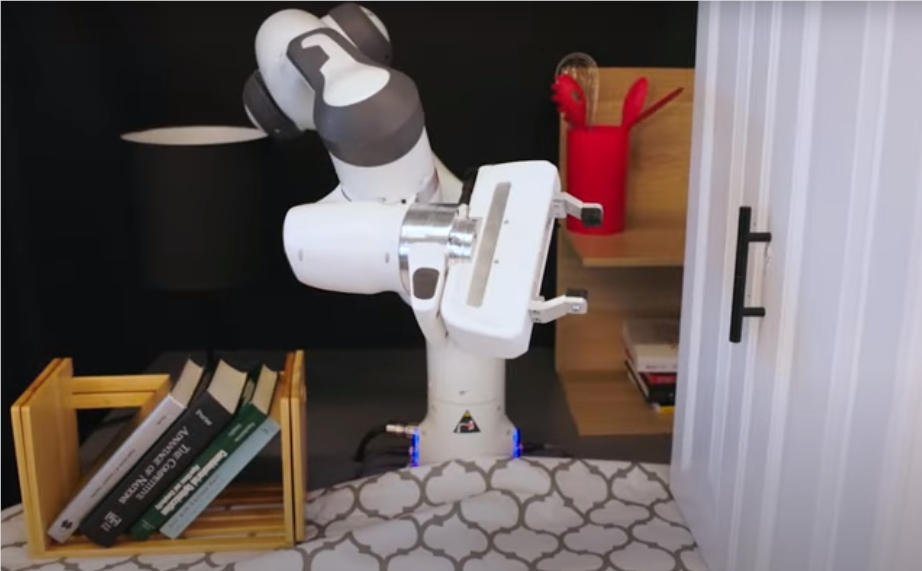Recently, the Computer Science and Artificial Intelligence Laboratory (CSAIL) at the Massachusetts Institute of Technology showcased a novel method for training household robots. This technology allows users to scan specific areas of their homes using an iPhone and upload this data to a simulated environment for training purposes.
Given the complexity of home environments, traditional methods of robot training have struggled to adapt to various home layouts, lighting conditions, and object placements. Therefore, this new approach is particularly significant.

Note: Image from YouTube screenshot
Simulated training has become a crucial method for robot learning. Through virtual environments, robots can repeatedly attempt and fail in a short period, engaging in extensive practice. The advantage of this training method is that even if a robot "breaks" thousands of virtual cups in simulation, there is no actual loss. In a video, researcher Pulkit Agrawal stated, "Training in a virtual world is very powerful; robots can practice millions of times without affecting the real world."
However, simulation alone is not enough for robots to adapt to dynamically changing home environments. Environmental data obtained through simple iPhone scans can significantly enhance a robot's adaptability. It is this data that helps robots better cope with moving furniture or unexpected dishes on the kitchen counter in real applications.
Overall, creating a robust environmental database not only improves a robot's performance in familiar environments but also helps them quickly adjust to changes.
Key Points:
- 🏠 MIT introduces a new method, using iPhone scans of home environments, to help robots train in a virtual setting.
- 💡 Simulated training enables robots to practice quickly, greatly reducing the cost of failure in real operations.
- 🤖 Through an environmental database, robots become more adaptable and intelligent in dynamic home environments.










